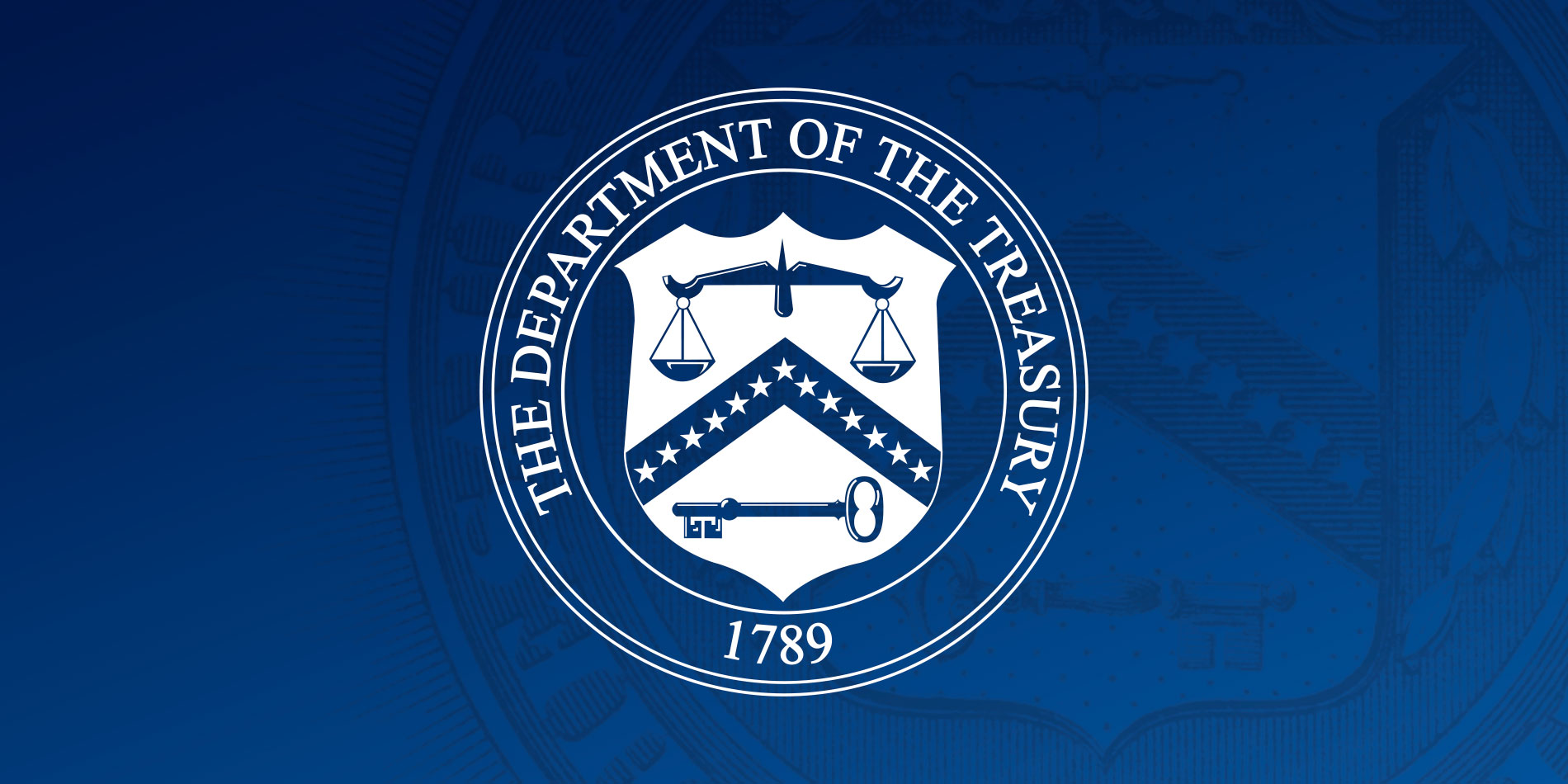
As Prepared for Delivery
Thank you for the invitation and opportunity to speak to you today.
Both in the U.S. and globally, non-bank financial intermediaries have increased in significance and this trend has been going on for much longer than a decade. In particular, investment funds have grown significantly. According to data from the FSB, collective investment vehicles with features that make them susceptible to runs have nearly tripled in the U.S. since 2006 and stood at over $13 trillion by the end of 2022.1 During the same period, banking assets almost doubled and stood at close to $30 trillion by the end of 2022.
It is widely accepted that banks, especially large banks, can be a source of systemic risk. There are financial vulnerabilities in how they offer liquid, stable-value funds to depositors and provide longer-term credit to households and businesses. These vulnerabilities include liquidity and maturity mismatch, leverage, and interconnections. Banks are required to hold capital and liquidity to mitigate these vulnerabilities. They also have access to deposit insurance and backstop funding from the central bank, which helps mitigate run risk.
A less generally accepted view is that investment funds can be a source of systemic risk. A key argument against this view is that investment funds reflect the preferences of investors and with assets that are marked-to-market, any losses are passed through to and borne solely by the investors themselves. But some investment funds are structured with features that create financial vulnerabilities, like some of the vulnerabilities at banks, though they may not all be present in a single type of fund or to the same degree. These features can incentivize investor runs, since redeeming investors do not bear all the costs of their exit, imposing an externality and disrupting financial markets. Because of these vulnerabilities, some investment funds can be a source of systemic risk.
Discussions about whether money market funds (MMFs) pose a systemic risk to the financial system started well before the Global Financial Crisis (GFC), and the events during that period and more recently demonstrated without a doubt that they do. Before the GFC, prime MMFs that offered cash-like liquidity were generally expected to pay a fixed net asset value (NAV) on demand, even when they held “information-sensitive” assets. In periods of stress, when the prices of these assets fall, the fixed NAV creates an inherent first mover advantage by incentivizing redemptions at the stable share price even if the portfolio has suffered a loss. Such runs were significant during the GFC and in March 2020, despite some reforms that were put in place after the GFC. In both instances, the Fed and Treasury had to set up special emergency facilities and guarantees to prevent runs from causing a breakdown in short-term funding markets.
The rapid growth of open-end funds that invest in harder-to-trade fixed-income assets since the GFC has led to similar discussions about whether these types of funds could also pose a systemic risk. These funds now hold about 15% of outstanding corporate bonds in the U.S.2 And while these funds mark their assets to market, there is a significant liquidity mismatch between the daily redemptions they offer, and the time usually required to sell the underlying bonds and loans. Accordingly, these funds can be a source of spikes in demand for liquidity when they face sizable shareholder redemptions, such as when bond prices fall sharply. We saw how this mismatch created systemic consequences in March 2020, when redemptions for bond funds (including those investing in investment-grade bonds) surged during the ‘dash for cash’ episode and fund managers had to sell corporate and Treasury securities to meet redemptions.3 The Fed began buying Treasury securities, and with support from the Treasury and Congress, established emergency facilities to buy corporate and municipal bonds and prevent prices from spiraling further down.
Interestingly, hedge funds have generally been recognized to be a potential source of systemic risk, likely because they can be highly leveraged. Excessive leverage makes it more difficult for a fund to withstand systemwide shocks, which in turn can amplify the effects of such shocks. We saw this in March 2020, when the normally thin basis between cash Treasuries and Treasury futures widened as leveraged traders unwound arbitrage positions amid high market volatility.4 Similar dynamics were also present in September 2022, when deleveraging by liability-driven investment (LDI) funds contributed to dysfunction in the UK gilt market.5 And, in the days immediately following the bank failures in March 2023, substantial margin calls from clearinghouses to some highly leveraged hedge funds raised concerns about their solvency and created some spillover to markets.6
These events demonstrate that some investment funds have been a source of systemic risk—because prime MMFs could promise a fixed value on demand, open-end bond funds offer daily redemptions, or hedge funds take on leverage. The U.S. has made significant progress to reduce the systemic risks posed by prime MMFs. Still, remaining vulnerabilities in investment funds are important. This is especially top of mind in the current macroeconomic environment, with the ongoing monetary policy tightening cycle necessary to reduce inflation, including a slowdown of asset purchases. Bank of England experience during the fall of 2022 around the LDI episode certainly is a reminder of the potential tensions that may arise between gilt market purchases to support financial stability and monetary policy tightening needed to address above target inflation.7
Even as the case for systemic risk of some investment funds has become clearer, what’s been less clear are the obstacles we face in making progress to mitigate their vulnerabilities over more than a decade. These obstacles include the different mandates of different regulatory authorities—for example between central banks, who are often focused on the broad stability of the financial system, and securities regulators, whose mandates have historically been grounded in investor protection and market integrity.
In the U.S., the Financial Stability Oversight Council (FSOC) was created to help bridge these gaps and includes bank, insurance, and markets regulators, among others. It has a responsibility to identify and evaluate emerging risks to financial stability and to recommend actions to reduce those risks. It does so by working to improve communication and coordination across the regulators. If FSOC identifies risks to financial stability, it has the authority to issue recommendations, informally or formally, to regulators or Congress. Where relevant, FSOC can also make use of one of its designation authorities for financial market utilities, payment, clearing, and settlement activities, and nonbank financial companies.
A great example where FSOC was able to help bridge these gaps was around the initial set of MMF reforms implemented in 2014. In 2012, FSOC issued for public comment a “formal” set of proposed recommendations to the SEC that the SEC should take steps to reduce the first-mover advantages in MMFs, which posed systemic risks to the broader financial system. That was also a great example of where the SEC rules could address the structural problems of MMFs, and other FSOC tools, such as nonbank designation, would not have been effective.
In 2014, the SEC responded to the FSOC’s proposed recommendations by adopting revised rules for MMFs that were implemented starting in 2016. The changes included requiring a floating NAV for institutional prime MMFs, allowing the daily share prices of these funds to fluctuate along with changes in the market-based value of fund assets. They also included providing non-government MMF boards with new tools–liquidity fees and redemption gates, which gave them the ability to suspend redemptions temporarily if their weekly liquid assets fell below a certain threshold. Importantly, however, there was some sense that this latter part (the gates and fees) may prove destabilizing, and an agreement was made to review the experience with them after a while.8 That was in 2014. Unfortunately, the events of March 2020 followed and highlighted that these features could indeed prove unhelpful.9
Since then, and reflecting these lessons, the SEC has finalized new rules in 2023, amending the previous rules. The amendments increased the minimum liquidity requirements for MMFs to provide a more substantial liquidity buffer in the event of rapid redemptions. In addition, they removed gates and changed liquidity fees. Instead, the new rules introduced dynamic liquidity fees to be imposed on redeeming shareholders during stressed market conditions and when net redemptions are sizeable. This approach should more fairly allocate costs, help reduce the first-mover advantage, and protect remaining shareholders from dilution.10
One area I remain a bit concerned about is offshore dollar MMFs, which are open-end funds that invest in USD-denominated money market instruments and are domiciled in the European Union, mostly in Ireland and Luxembourg. These funds have also suffered runs, both during the GFC and in March 2020. And just as we did in the U.S., in 2017, the European Union adopted MMF reforms to address run risk, including by removing the fixed NAV and bringing in fees and gates. But again, just as in the U.S., the gates and fees seem to have proved unhelpful.11
Similarly, while the SEC has proposed a rule to mitigate the vulnerabilities of open-end funds, they have not finalized it, as there has been substantial industry pushback against anti-dilution tools to reduce the first-mover advantage. In particular, the industry has pointed to high costs of adjusting their operations to make swing pricing work because the NAV has to be set before flows are recorded. Interestingly, this seems to be more of a problem in the U.S., and not in other jurisdictions which already feature swing pricing. One idea that I believe is worth pursuing, though also gets industry pushback, would be to lengthen the redemption frequency from same day to a few days, to better align with the time it would take to sell the underlying securities.
One final area I would like to highlight is the work by FSOC member agencies to improve monitoring systems to identify risks posed by highly leveraged hedge funds. The Dodd-Frank Act authorized the SEC (and CFTC) to collect data on private funds, including strategy and quarterly balance sheet data on types of investment, borrowing, and counterparty exposures. Using this authority, the SEC (and CFTC) have been collecting detailed information on private fund holdings for a while now. And more recently, it adopted amendments to its reporting requirements which will significantly enhance reporting on a range of fields and require more timely reporting following a significant stress event.
In terms of hedge funds and their role in Treasury markets, we are developing other data collections to monitor this market. The OFR has just finalized a rule to collect daily data on non-centrally cleared bilateral repo transactions collateralized by Treasury securities, a $2 trillion market, and a key source of hedge fund leverage. In addition, the SEC finalized rules to expanded central clearing to cover a broad swath of currently uncleared Treasury securities and repo transactions, which should support market liquidity and through more standardized and transparent practices for haircuts and margins also help better track and assess risks from leverage. Finally, bank supervisors have been reviewing practices of prime brokers and the provision of leverage to hedge funds. And this year’s supervisory stress tests have added an exploratory scenario asking banks to consider the implications from the failure of their five largest hedge fund exposures.
In sum, we have made significant progress in addressing the systemic risk of some investment funds in the U.S., such as prime MMFs, and we have increased transparency into other market segments. Importantly, that progress has reflected the continued learning from our efforts and the various crises over the last 15 years. I look forward to building on these lessons to continue our joint work in addressing the remaining vulnerabilities in this space.
###
[1] These vehicles include money market funds (MMFs), fixed income funds, mixed funds, credit hedge funds, and real estate funds. See https://www.fsb.org/wp-content/uploads/P181223.pdf. And the underlying data can be found here: https://www.fsb.org/wp-content/uploads/Monitoring-Dataset-2023.xlsx.
[2] See Federal Reserve Financial Stability Report, April 2024.
[3] See J. Nellie Liang, “Corporate Bond Market Dysfunction During COVID-19 and Lessons from
the Fed’s Response,” Brookings Hutchins Center Working paper #69, October 2020; and Antonio Falato, Itay Goldstein, and Ali Hortaçsu, “Financial Fragility in the COVID-19 Crisis: The Case of Investment Funds in Corporate Bond Markets,” Journal of Monetary Economics, 2021.
[4] See Ayelen Banegas, Phillip J. Monin, and Lubomir Petrasek, “Sizing hedge funds’ Treasury market activities and holdings,” FEDS Notes. Washington: Board of Governors of the Federal Reserve System, October 6, 2021.
[5] See https://www.bankofengland.co.uk/speech/2022/november/sarah-breeden-speech-at-isda-aimi-boe-on-nbfi-and-leverage.
[6] See Financial Stability Report, May 2023.
[7] See https://www.bankofengland.co.uk/-/media/boe/files/speech/2022/november/thirteen-days-in-october-speech-by-andrew-hauser.pdf.
[8] See https://home.treasury.gov/system/files/261/July%2031%2C%202014%20Minutes.pdf.
[9] See Lei Li, Yi Li, Marco Macchiavelli, and Xing (Alex) Zhou, “Liquidity Restrictions, Runs, and Central Bank Interventions: Evidence from Money Market Funds,” The Review of Financial Studies, Volume 34, Issue 11, November 2021.
[10] Specifically, the SEC notes that “institutional prime and institutional tax-exempt money market funds will be subject to a mandatory liquidity fee when net redemptions exceed 5% of net assets. Funds will not be required to impose this fee, however, when liquidity costs are less than one basis point, which should often be the case under normal market conditions.” See more here: Final Rule: Money Market Fund Reforms; Form PF Reporting Requirements for Large Liquidity Fund Advisers; Technical Amendments to Form N-CSR and Form N-1A (sec.gov).
[11] See Marco Cipriani and Gabriele La Spada, “Preemptive Runs and the Offshore U.S. Dollar Money Market Funds Industry,” Federal Reserve Bank of New York Liberty Street Economics, November 22, 2021.
Official news published at https://home.treasury.gov/news/press-releases/jy2355

